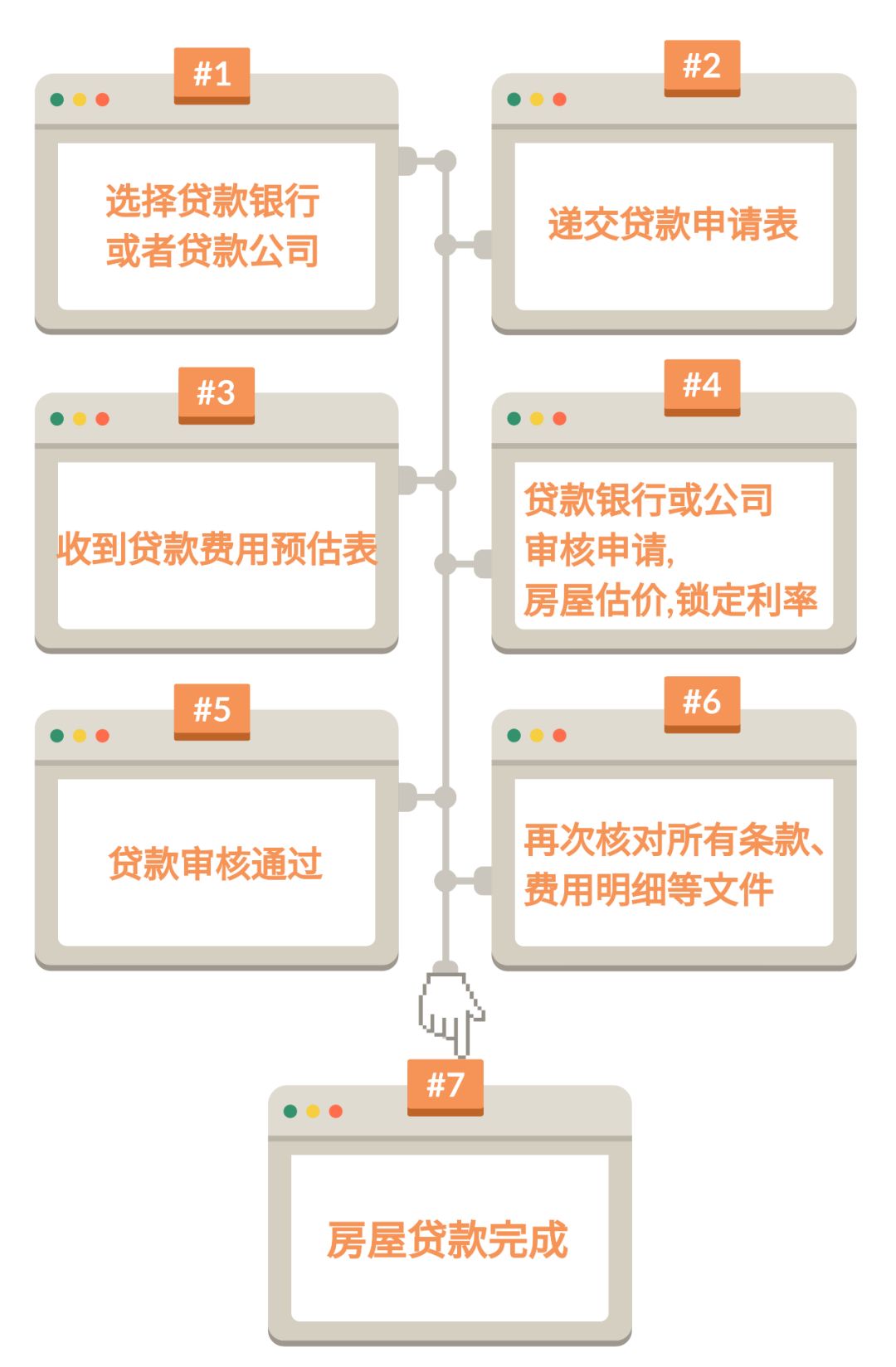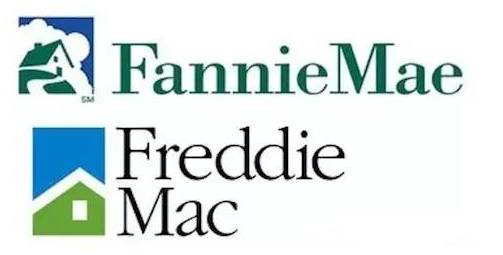Downside of FHA Loan: A Comprehensive Guide to Understanding the Hidden Costs and Risks
Guide or Summary:FHALoan: A Comprehensive Guide to Understanding the Hidden Costs and RisksDownside of FHA LoanCosts and RisksFHALoan: A Comprehensive Guide……
Guide or Summary:
- FHALoan: A Comprehensive Guide to Understanding the Hidden Costs and Risks
- Downside of FHA LoanCosts and Risks
FHALoan: A Comprehensive Guide to Understanding the Hidden Costs and Risks
When it comes to purchasing a home, the Federal Housing Administration (FHA) loan is a popular option for many borrowers. It provides an opportunity for those with lower credit scores or smaller down payments to secure a mortgage. However, while FHA loans offer numerous advantages, they also come with significant downsides that potential borrowers should be aware of. In this comprehensive guide, we will delve into the hidden costs and risks associated with FHA loans, helping you make an informed decision before committing to this type of mortgage.
Downside of FHA LoanCosts and Risks
The FHA loan is indeed an attractive option for many homebuyers, but it is essential to understand the potential downsides before proceeding. Here are some of the key costs and risks associated with FHA loans:

1. Mortgage Insurance Premiums (MIP): One of the most significant downsides of an FHA loan is the requirement to pay Mortgage Insurance Premiums (MIP). These premiums are designed to protect the lender in case the borrower defaults on the loan. However, they also add an ongoing monthly cost to the mortgage, which can increase the overall cost of homeownership.
2. Private Mortgage Insurance (PMI): In addition to MIP, some borrowers may also be required to pay Private Mortgage Insurance (PMI) if they have a down payment of less than 20%. PMI is similar to MIP in that it provides additional protection for the lender, but it can also increase the monthly mortgage payment and add to the overall cost of homeownership.
3. Upfront Costs: FHA loans often come with a variety of upfront costs, including application fees, appraisal fees, and home inspection fees. While these costs are typically one-time expenses, they can add up quickly and contribute to the overall cost of purchasing a home.

4. Lower Loan Limits: FHA loans have lower loan limits compared to conventional loans, which means that borrowers may not be able to secure the amount of financing they need to purchase their desired home. This can be a significant drawback for those looking to buy a more expensive property.
5. Stringent Property Requirements: FHA loans have strict property requirements that borrowers must meet in order to qualify for the loan. These requirements can include limits on the property's age, location, and condition. Borrowers must also meet certain income and credit requirements, which can be challenging for some applicants.
6. Increased Closing Costs: FHA loans often require borrowers to pay additional closing costs, such as loan origination fees and government fees. These costs can add up quickly and increase the overall cost of purchasing a home.

In conclusion, while FHA loans offer numerous advantages for many homebuyers, it is essential to understand the potential downsides before proceeding. By carefully considering the hidden costs and risks associated with FHA loans, borrowers can make an informed decision and choose the right mortgage for their needs. Remember, the goal is to find a loan that fits your financial situation and helps you achieve your homeownership goals.